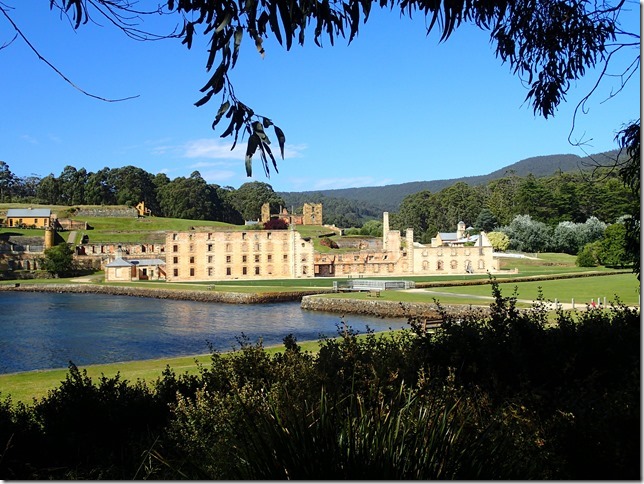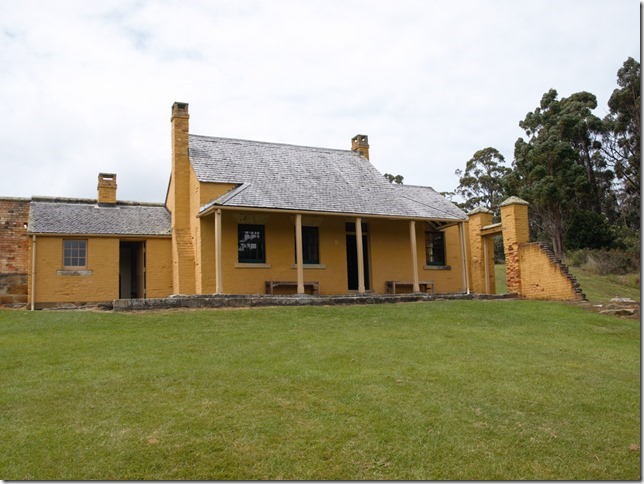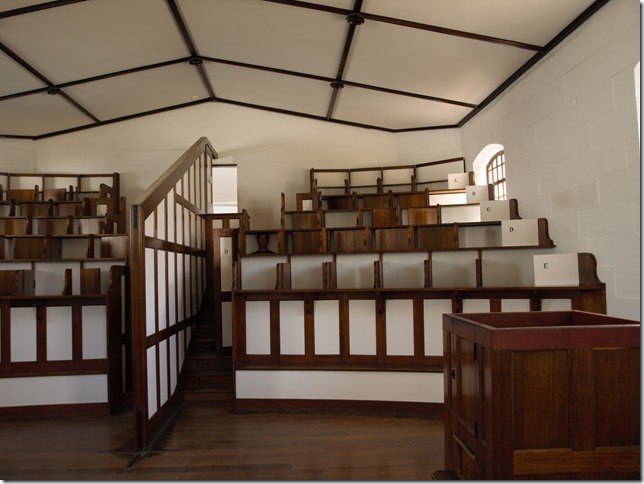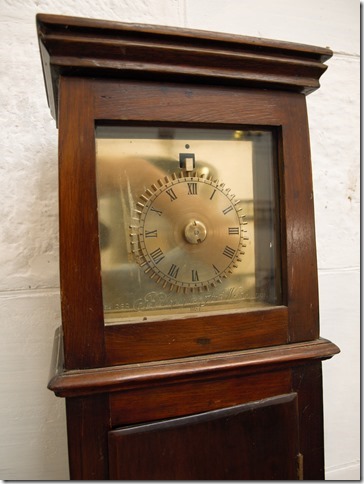Port Arthur

VulcanSpirit
Richard & Alison Brunstrom
Wed 28 Jan 2015 07:49
|
Port Arthur is a very interesting place, right at the heart of Britain’s
penal colony policy. A visit is vital to understand the European history of
Tasmania.
The Port Arthur Penal Station was founded in 1830 as a timber-getting camp
using convict labour. From 1833 it was also being used as a punishment station
for repeat offenders from all six Australian colonies. By 1840 there were more
than 2000 convicts soldiers and civil staff at the site which had grown into a
major industrial settlement. Convict transportation to Van Dieman’s Land ended
in 1853 and the penal colony finally closed in 1877, many of the buildings being
dismantled, or falling prey to devastating bush fires. What remains is
impressive and atmospheric.
A further chapter in the life of port Arthur occurred in 1996 when a lone
gunman, disgruntled by a neighbour dispute, took the life of 35 people and
wounded 19 others. This caused national trauma and resulted in the Australian
Federal government to ban most guns from public possession, rather as Dunblane
did in the UK, and as Sandy Hook etc ad infinitum seems entirely incapable of
doing in the USA.
Be that as it may, here is an overview of the site:
 The ruin in the centre middleground was originally intended to be a
waterpowered mill but there was never enough water so it was converted to a
convict barracks or Penitentiary with a treadmill – apparently the most feared
punishment even in this extraordinarily brutal place.
 The inside of the Penitentiary showing ruined cells and the amazing,
expensive, conservation works. The two lower floors housed 136 cells for
prisoners of “bad character”. The top floor provided 480 better behaved
prisoners with bunk space.
Below is the prison cottage allocated to Smith O’Brien, an Irish Protestant
MP transported for life (for what we would nowadays regard as no offence) and
the most famous political prisoner sent to Port Arthur:
 But to my mind the most interesting place here is the Separate Prison. By
1848 harsh physical punishment was beginning to be rejected in favour of
punishment of the mind. Flogging gave way to solitary confinement. Based on the
ideas of Jeremy Bentham’s Panopticon the Separate Prison was intended as a
‘machine for grinding rogues into honest men’. The idea was tried first in the
USA, then Pentonville in London and in 1850 the Port Arthur Separate Prison was
built. Cruciform shaped, each of four wings comprised a central corridor flanked
by rows of single cells. Inmates were confined, in silence, for 23 hours a day
with one hour of silent exercise. The guards wore felt slippers and communicated
by sign language. Inmates were assigned a number, and had to wear a full face
hood whenever out of their cells. The idea was that they would have ample time
to contemplate the error of their ways and reform. Being the nineteenth century,
closeness to God was also required, so church was compulsory twice on Sunday,
and the only reading material was the Bible. Here is the Prison Chapel, seen
from the pulpit:
 You may just be able to make out Ian Macbeth’s head in the second row on
the right. Each prisoner filed in, silently and masked. A wooden partition swung
into place either side of him preventing any eye contact or communication with
other prisoners. Only once all were in and secured were they permitted to remove
their masks so that God, in the form of the chaplain, could look upon their
faces. Bizarre, or what?
This amazing almost silent clock was an integral part of the daily ritual.
Bentham’s panopticon concept enabled one guard top keep watch on the entire
prison at night. To prevent him falling asleep this clock allows the quarter
hour pegs to be pushed in manually exactly on the quarter hour but neither
before nor after. Any pegs left sticking out in the morning resulted in a fine
for the dozy guard:
 Readers will perhaps not be surprised to learn that many prisoners went
mad, requiring the construction of an on-site lunatic asylum. Most were left
entirely broken and of little further use to the colony. A quite dreadful
institution, but one with many recognisable elements alive and well today in the
penal systems of both the UK and, especially, the USA.
A truly terrible place, a blot on British history, and deservedly on the
Tasmanian tourist trail.
|